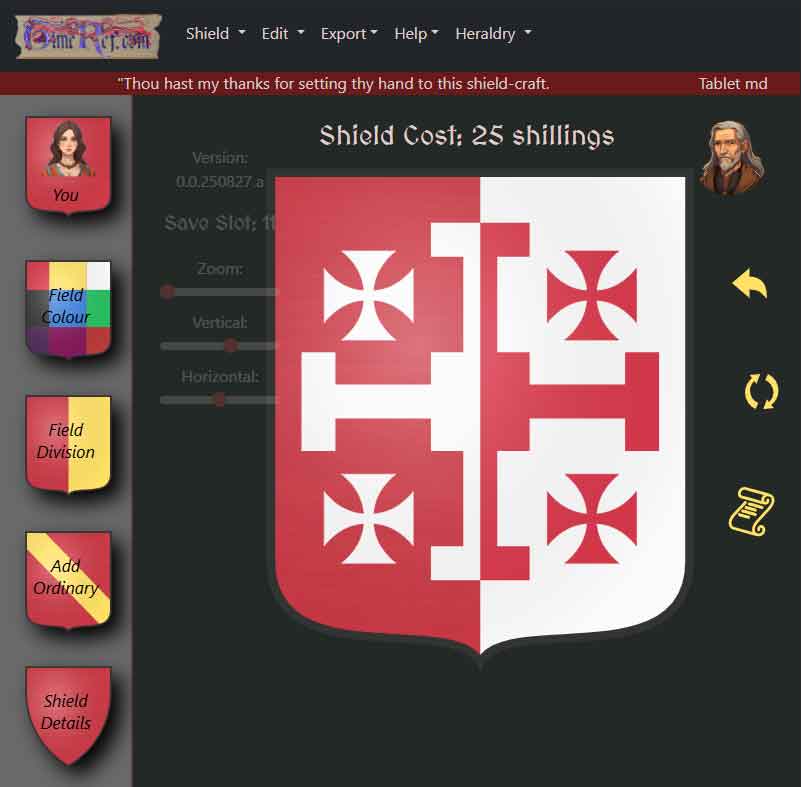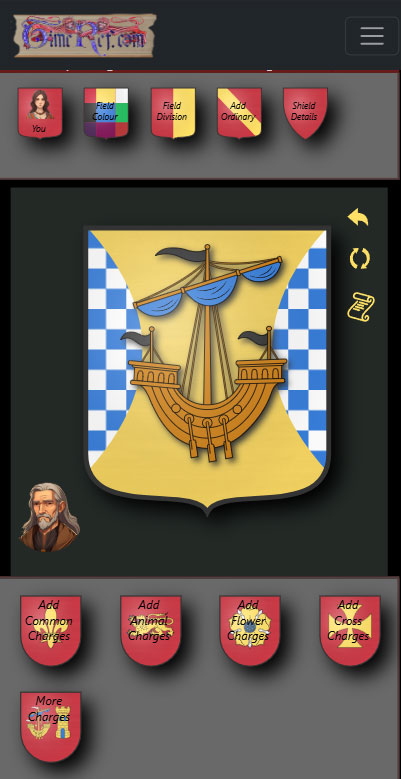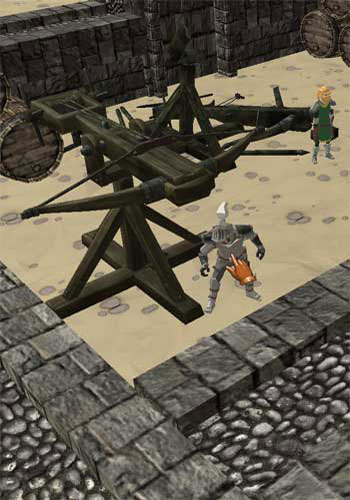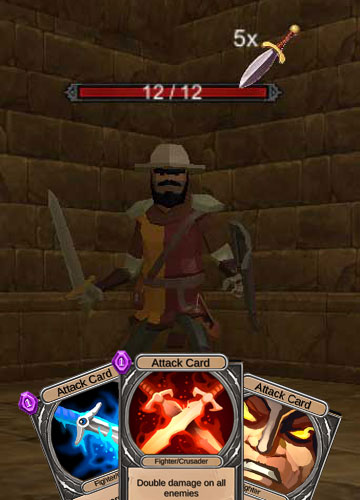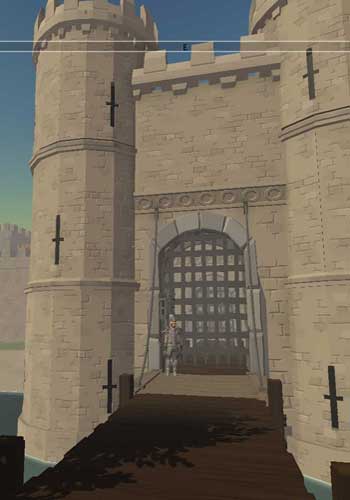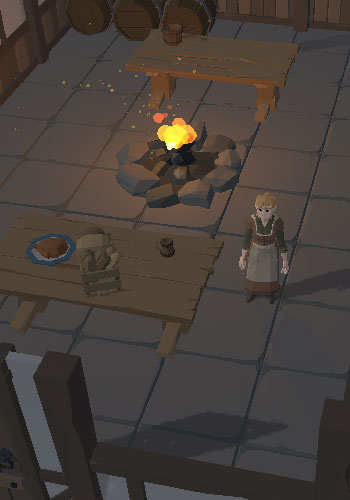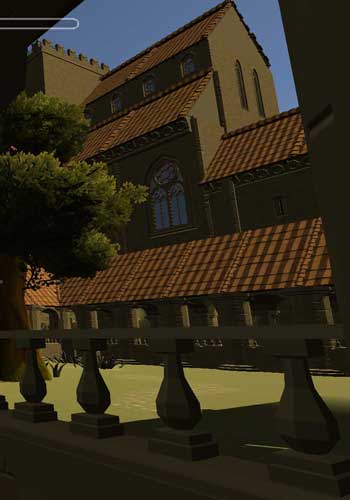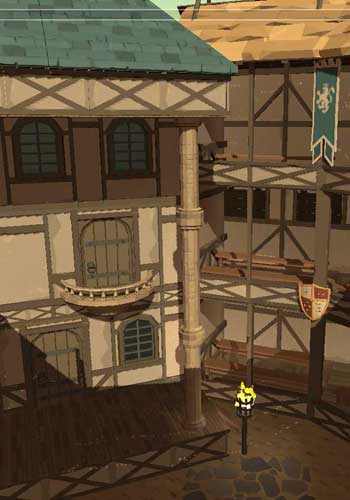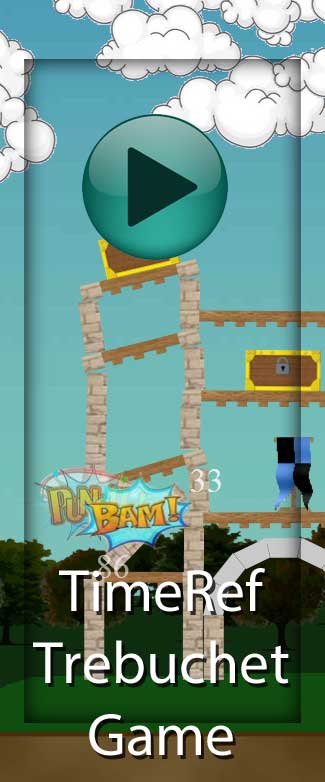 ery little remains of this important castle. In 852 the Danes built a tower on the rock that lies to the south-west of Nottingham. The Saxons could not remove the Danes by force but had to blockade supplies reaching the invaders to force them out. In 1068 William the Conqueror started the construction of a wooden castle on the site. After the Conquest the Conqueror bestowed the castle to William Peverell, one of his close supporters. A year before he became King of England Henry (II) attacked Nottingham resulting in a devastating fire that destroyed the town. In 1194 Richard I besieged the castle to remove supporters of his brother, John. After a few days the castle fell to the King. In 1330 King Henry III arrested Roger Mortimer at the castle by entering though a secret passage in the rocks.
ery little remains of this important castle. In 852 the Danes built a tower on the rock that lies to the south-west of Nottingham. The Saxons could not remove the Danes by force but had to blockade supplies reaching the invaders to force them out. In 1068 William the Conqueror started the construction of a wooden castle on the site. After the Conquest the Conqueror bestowed the castle to William Peverell, one of his close supporters. A year before he became King of England Henry (II) attacked Nottingham resulting in a devastating fire that destroyed the town. In 1194 Richard I besieged the castle to remove supporters of his brother, John. After a few days the castle fell to the King. In 1330 King Henry III arrested Roger Mortimer at the castle by entering though a secret passage in the rocks.| County | Categories | Stone | |
| Remains | Very little if any at all | Access | At any reasonable time |
| Comments | Nothing appears to remain of the earlier medieval castle. A much later mansion stands on the site which is open to the public for a entrance fee. | ||
| Location | 52.94897,-1.154605 (Google Maps) ///tips.trend.scan | Directions | Directions via Google Maps |
| County |
| Categories |
Stone |
| Remains |
Very little if any at all |
| Access |
At any reasonable time |
| Comments |
Nothing appears to remain of the earlier medieval castle. A much later mansion stands on the site which is open to the public for a entrance fee. |
| Location |
| 52.94897,-1.154605 ///tips.trend.scan |
| Directions |
| Directions via Google Maps |
 ery little remains of this important castle. In 852 the Danes built a tower on the rock that lies to the south-west of Nottingham. The Saxons could not remove the Danes by force but had to blockade supplies reaching the invaders to force them out. In 1068 William the Conqueror started the construction of a wooden castle on the site. After the Conquest the Conqueror bestowed the castle to William Peverell, one of his close supporters. A year before he became King of England Henry (II) attacked Nottingham resulting in a devastating fire that destroyed the town. In 1194 Richard I besieged the castle to remove supporters of his brother, John. After a few days the castle fell to the King. In 1330 King Henry III arrested Roger Mortimer at the castle by entering though a secret passage in the rocks.
ery little remains of this important castle. In 852 the Danes built a tower on the rock that lies to the south-west of Nottingham. The Saxons could not remove the Danes by force but had to blockade supplies reaching the invaders to force them out. In 1068 William the Conqueror started the construction of a wooden castle on the site. After the Conquest the Conqueror bestowed the castle to William Peverell, one of his close supporters. A year before he became King of England Henry (II) attacked Nottingham resulting in a devastating fire that destroyed the town. In 1194 Richard I besieged the castle to remove supporters of his brother, John. After a few days the castle fell to the King. In 1330 King Henry III arrested Roger Mortimer at the castle by entering though a secret passage in the rocks.Location
See Also
People
Other
Related Information
Related Maps
Related Episodes
Viking Invasions (click here)
Norman Conquest (click here)
Isabella, She-Wolf of France and death of Edward II (click here)
Wars of the Roses Phase Three (click here)
Timeline
867
March 21
Battle of York
Armies from Northumbria led by the two kings Aella and Osberht attacked the Danes at York but were defeated. The two kings were killed after gaining access to the city. After the battle the Danes moved south attacking Nottingham and taking control of it. The king of Mercia asked Ethelred and Alfred for assistance and an army from Wessex was sent to help. [1]
1068
...
Construction of Nottingham Castle
William and the Normans started construction of the castle at Nottingham. This would have been a wooden building. It was built on the high ground above the town using the steep slope down to the river Leen as a defence. [2]
1153
...
Nottingham Castle attacked
Henry attacked Nottingham where a fire resulted in damage to the town. [2]
1191
...
Longchamp beseiges Lincoln Castle
William Longchamp besieged Lincoln Castle accusing its owner of corruption. In response, Prince John captured Nottingham and Tickhill castles from William. The sheriff of the castle escaped and found refuge at Prince John's court while his wife Nicolaa successfully held the castle against the siege.
1191
April
Peace agreed at Winchester
John and William Longchamp met at Winchester to discuss their differences. Several senior bishops were appointed as arbitrators and at the end of the meeting both John and William agreed to follow the recommendations. Longchamp was to return Lincoln Castle to it's owner and accept limits to his powers. In return John was to surrender Nottingham and Tickhill Castles.
1194
...
Siege of Nottingham Castle
The castle at Nottingham was being held by supporters of John but it fell to Richard I after a siege of several days. [2]
1319
September 20
Battle of Myton
While the best of the English army were at Berwick, a Scottish army led by Sir James Douglas invaded Yorkshire. With an untrained army the Archbishop of York, William Melton, tried to fight off the Scots but was defeated at Myton-in-Swalesdale. With the Scots threatening their lands in the north the earls, with Edward at Berwick, abandoned the siege and returned to their homes. Queen Isabella who was in York at the time managed to escape to safety at Nottingham.
1330
October 19
Arrest of Mortimer
King Edward III ordered the arrest of Roger Mortimer. The King and some loyal supporters entered Nottingham Castle via a secret passage in the rocks and Roger Mortimer was arrested.
1469
July 26
Battle of Edgecote
Edward's army was insufficient to deal with the rebels alone and he had moved them to Nottingham to wait for a larger army to join them led by Sir William Herbert, the Earl of Pembroke. Pembroke's army was attacked and defeated by a combined rebel army led by Robin of Redesdale and the Earl of Warwick who had returned from France. The battle took place at Edgecote near Banbury. Sir William Herbert and his brother Richard were captured and executed.
1484
September
Truce signed with the Scots
A three year truce was signed at Nottingham Castle by Richard and the Scottish king James III. [3]
1642
August 22
Charles I raises standard at Nottingham Castle
Charles I declared war by raising his standard at Nottingham Castle.
1642
September 13 (to September 20)
Charles leaves Nottingham
Charles left Nottingham Castle and marched his army towards Shrewsbury.


3D Virtual Reconstructions
Transport yourself back up to a thousand years and explore historical buildings as they may have appeared in the past. Built using the popular game development tool Unity 3D, these reconstructions will run in the most of the popular web browsers on your desktop or laptop computer.
Page Navigation
Selection of references used:
- 1: Ronald McNair Scott, Alfred the Great, ISBN:0-86332-832-6
- 2: John Kinross, Discovering Castles in England and Wales, Shire Publications Ltd
- 3: Anthony Cheetham, Life and times of Richard III, ISBN:0-297-83167-4, Weidenfield and Nicolson
Location
See Also
People
Other
Related Information
Related Maps
Explore the White Tower
Explore all four floors of the White Tower at the Tower of London using the Unity 3d game engine.
A Medieval Mystery
There appear to be some strange connections between the fourteenth century Old Wardour Castle and ancient stone circle Stonehenge.
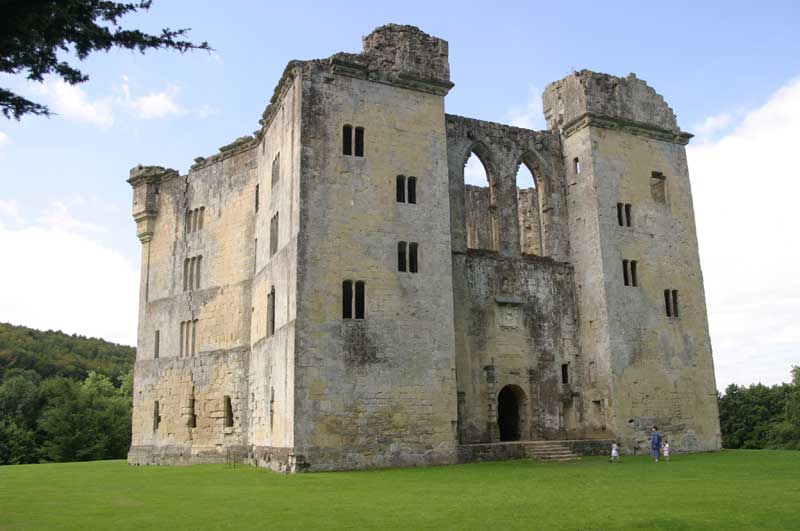
1: Location
Old Wardour Castle appears to be aligned to ancient sites in the Stonehenge landscape.
2: Alignment
Stonehenge is aligned to the Summer Solstice. Old Wardour has a very similar alignment.
3: Size
Could the builders of Old Wardour used mesaurements from Stonehenge to layout the geometrical keep?
Learn More

